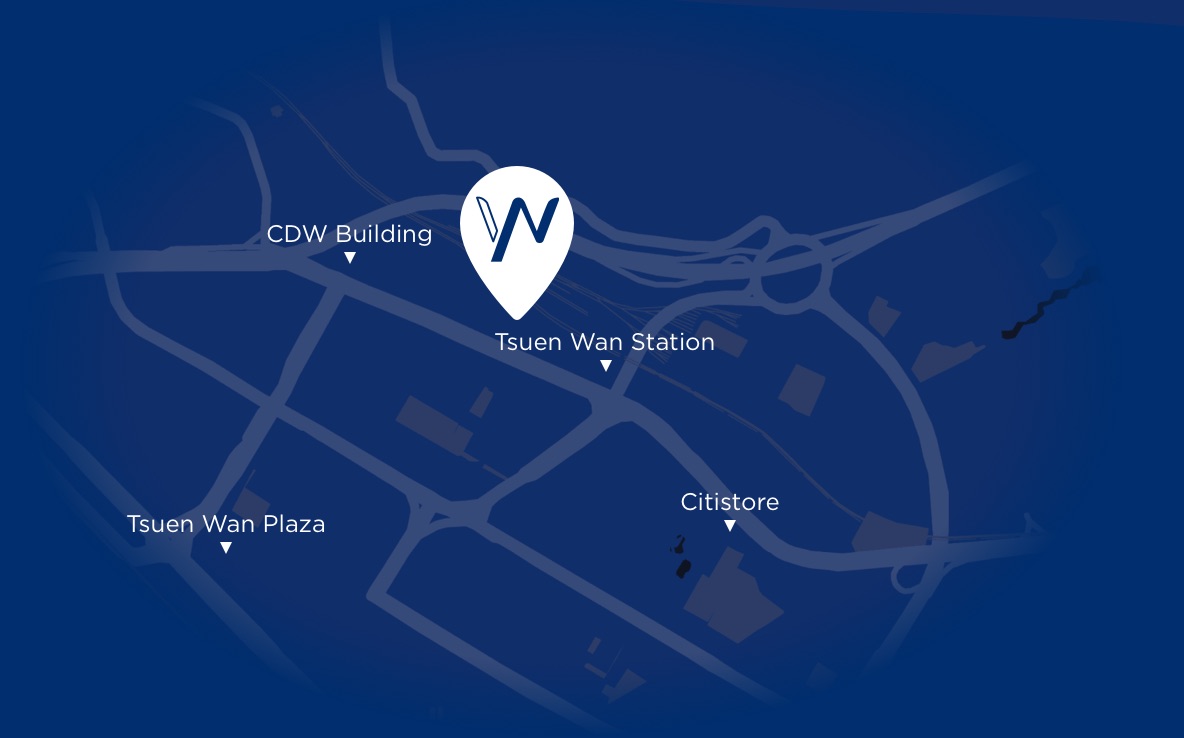For hundreds of years, company chops and company seals served as the final stamp of approval on a contract, and was the way companies validated and authenticated their corporate legal documents. As a company looking to do business in Hong Kong and China, are company chops and company seals still relevant and how are they used?
In this article we’ll cover the different types of company chops and how they’re used in their respective jurisdictions, as well as their legal requirements, and where you can obtain one.
What are Company Chops and Company Seals?
Company chops in Hong Kong are stamps that come with company kits when you incorporate a company in Hong Kong that imprints a stamp mark of the English and/or Chinese name of the company on a surface in ink. Company seals have the same function as a company chop, but instead use its hard metal surface to make an indent on the surface it’s stamped on instead of ink.
In Hong Kong, company chops and seals can be substituted with director signatures since 2014, under the new Hong Kong Companies Ordinance. However, common business practice is slow to catch up, and some vendors or service providers will still ask for company chop stamps on contracts or invoices.
In China, company chops carry much more legal weight and cannot be substituted by the director’s signature like in Hong Kong, and so are vital tools for companies looking to do business in China and must be tightly secured.
What are the legal requirements of a company chop in Hong Kong?
Though company chops are optional to use in Hong Kong, they must still follow certain guidelines to be considered compliant. Under section 124 of the new Hong Kong Companies Ordinance, a company seal or company chop must have:
- A company’s English AND Chinese name as written on its business registration certificate in legible form if the company has both
OR
- A company’s English OR Chinese name as written on its business registration certificate in legible form if the company only has either one
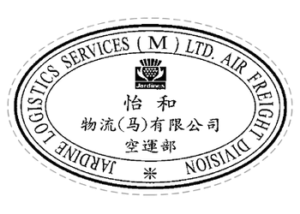
Company chops used in China must contain the full registered name of the company in Chinese, and must first be registered with the Administration of Industry and Commerce (AIC), approved and recorded by the Public Security Bureau (PSB), and be recorded by the Administration for Industry and Commerce (AIC), and the company’s bank.
What are the legal requirements of a company chop in Mainland China?
Company chops used in China must contain the full registered name of the company in Chinese, and must first be registered with the Administration of Industry and Commerce (AIC), approved and recorded by the Public Security Bureau (PSB), and recorded by the Administration for Industry and Commerce (AIC), and the company’s bank.
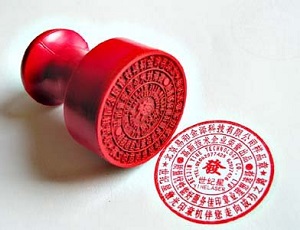
What types of chops are there and how are they used?
Hong Kong
There are typically two types of chops used in Hong Kong:
- Round Chop – Often used to confirm the receipt of goods or registering the company with service providers. For example, most telephone companies in Hong Kong will ask corporate clients to stamp the round chop on service contracts when they register for a landline.
- Long Chop – Typically used for signing legal documents. When opening a bank account, you’ll have the option to use an authorized signature accompanied by the long chop stamp.
Mainland China
There’s a wider variety of company chops used for various functions on the mainland, as it is common practice to validate most corporate documents with only a stamp. Security around these chops are also very tight, as cases of employees misusing them for company unsanctioned deals are not uncommon.
To work around this, internal controls are established dictating who is allowed access to what chops.
Common types of chops used among Mainland Chinese companies include:
- Official Company Chop – Functionally acts as the company’s official signature and provides legal authority in processes like opening a bank. The company chop can be used in place of most of the other chops on this list save the customs chop and invoice chop, and so is one of the most tightly guarded company assets. This chop must first be registered with the Administration of Industry and Commerce (AIC), approved and recorded by the Public Security Bureau (PSB), and recorded by the Administration for Industry and Commerce (AIC), and the company’s bank.
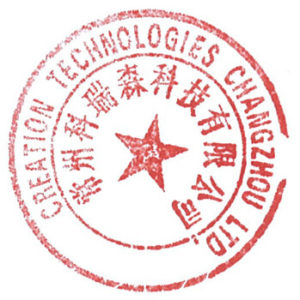
- Finance Chop – This chop is used mostly for bank and finance related matters and can be substituted by the company chop. As such, this chop is usually kept separate from the company chop to prevent misuse. This chop must be recorded by the PSB, AIC, and the company’s bank on registration.
- Invoice Chop – Referred to as “Fapiao”, this chop is used to issue official invoices and tax receipts. Business expenses must be stamped with an invoice chop to be valid.

- Contract Chop – Usually used in hiring employees or signing agreements with clients, this chop is usually delegated to mid level employees for use.

- Customs Chop – Exclusively used in customs declarations for import/export goods in cross-border trade.
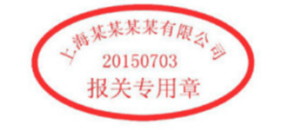
- Legal Representative’s Chop – The personal chop of the company’s sole legal representative, and has the authority to enter into binding obligations on behalf of the company. This chop must be recorded by the PSB, AIC, and the company’s bank on registration.
- Electronic Chop – A chop used for online transactions, including those relating to finance and contracts, these chops are encrypted to maintain the user’s authority. As these chops are relatively new, regulation around their use is subject to updates.
Where can I get a company chop?
Company chops usually come with company kits when you first incorporate your company. We can help you incorporate your Hong Kong and help you produce your Hong Kong company chops.
If you wish to do business in Mainland China, we can refer you to one of our trusted partners in the matter.









